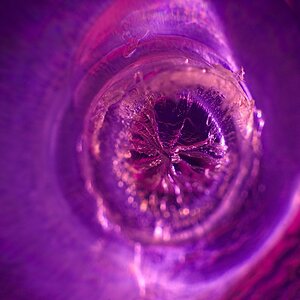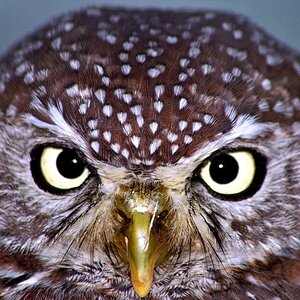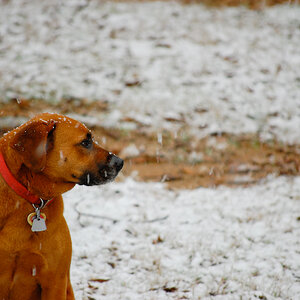Mystery
TPF Noob!
- Joined
- Nov 28, 2012
- Messages
- 42
- Reaction score
- 3
- Location
- Las Vegas
- Can others edit my Photos
- Photos OK to edit
First off, I am a beginner. So accept my apologies if I am misunderstanding a few things. I have zero experience with CLS or any flash aside from the built-in on my camera. I am setting up a studio to shoot product photos for my own product line. Almost everything is white background and I have had very good (in my opinion) results with continuous lighting. I was running 3 softboxes from Cowboy Studio on a backlit white lexan background. The Cowboy Studio lights fell apart and I returned them. Now, I need to figure out what lights I am going to use. I am shooting on a Nikon D40 right now, but will be upgrading to a D300S. Since the D300S has CLS command built in, I was considering just lighting with speedlights and trying to use CLS features for my flashes. However, I was doing pretty well shooting continuos lights in manual, and I am a little afraid of letting the camera run the show to get good white background shots. Here is an example of what I am shooting.
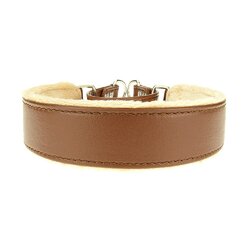
I am also shooting some portrait style photos like these.
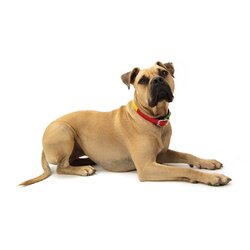
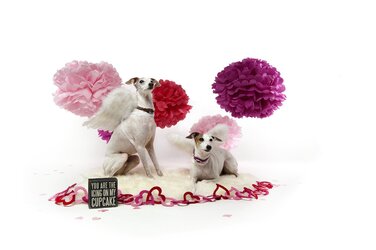
My product photos are small products, model shots are either dogs, or people from about head to knee, basically like apparel shots. I originally wanted to go with 3 speedlights like sb700 or sb910 with umbrellas, but I really don't want to spend that much. I thought I found the perfect solution when I found the Yongnuo YN-565EX or the Yongnuo YN-568EX because they advertise as being CLS compatible and under $200 each. But with more research, they don't seem to have CLS functions at all, and I am starting to think I may be better off buying the cheaper ($105) YN-565EX and running them manually. Or as another option, just getting some inexpensive studio strobes. So, with all that info, my main question remains.......Is CLS really going to help me in a situation where I have to shoot hundreds of white background products and models? Or in a controlled studio environment, can I get by with manual flashes with zero experience? I am willing to put some time into learning and setting up, I just don't want to regret my purchase and not have the money to buy what I really need if I blow it on the wrong equipment. Any advice would be greatly appreciated.

I am also shooting some portrait style photos like these.


My product photos are small products, model shots are either dogs, or people from about head to knee, basically like apparel shots. I originally wanted to go with 3 speedlights like sb700 or sb910 with umbrellas, but I really don't want to spend that much. I thought I found the perfect solution when I found the Yongnuo YN-565EX or the Yongnuo YN-568EX because they advertise as being CLS compatible and under $200 each. But with more research, they don't seem to have CLS functions at all, and I am starting to think I may be better off buying the cheaper ($105) YN-565EX and running them manually. Or as another option, just getting some inexpensive studio strobes. So, with all that info, my main question remains.......Is CLS really going to help me in a situation where I have to shoot hundreds of white background products and models? Or in a controlled studio environment, can I get by with manual flashes with zero experience? I am willing to put some time into learning and setting up, I just don't want to regret my purchase and not have the money to buy what I really need if I blow it on the wrong equipment. Any advice would be greatly appreciated.


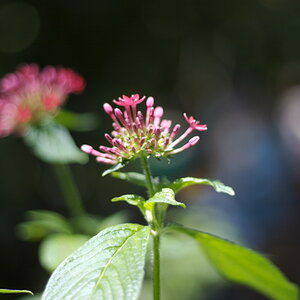
![[No title]](/data/xfmg/thumbnail/37/37632-06d8ff7f84d84f6ac01249ce8885d896.jpg?1619738156)
![[No title]](/data/xfmg/thumbnail/34/34075-a2fb0d7352396e58920e196958f6d006.jpg?1619736267)
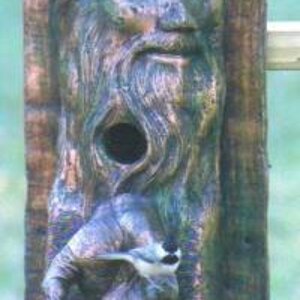
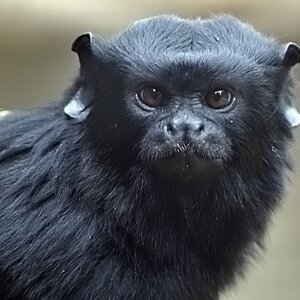
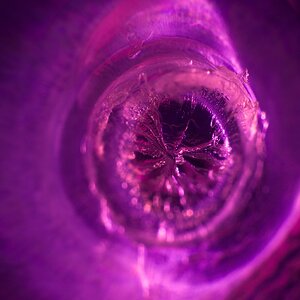
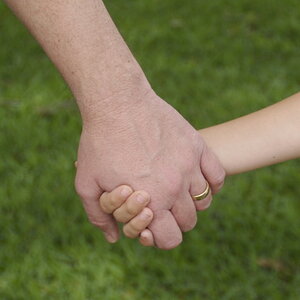
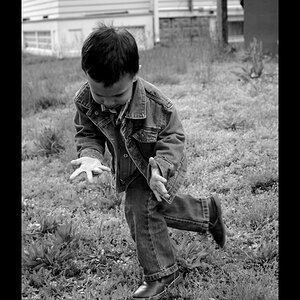
![[No title]](/data/xfmg/thumbnail/37/37629-fa70c9f81cc7da4d6a9b512502f9bf84.jpg?1619738155)
